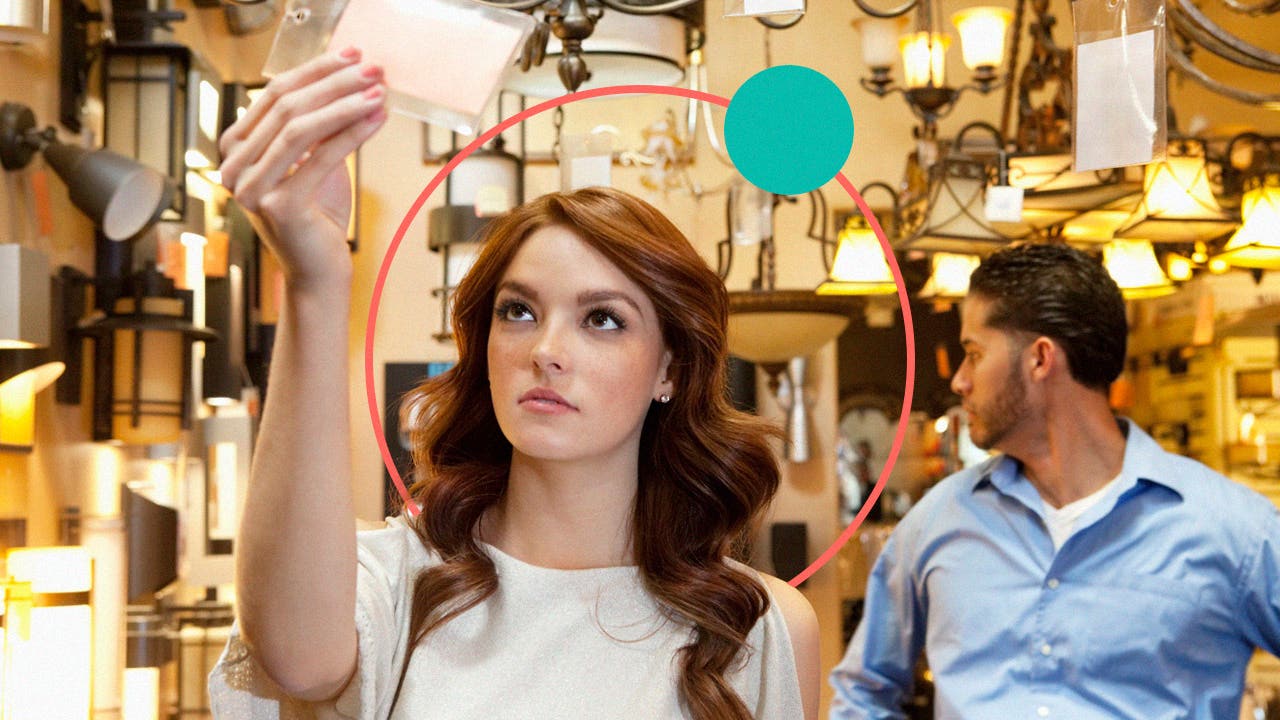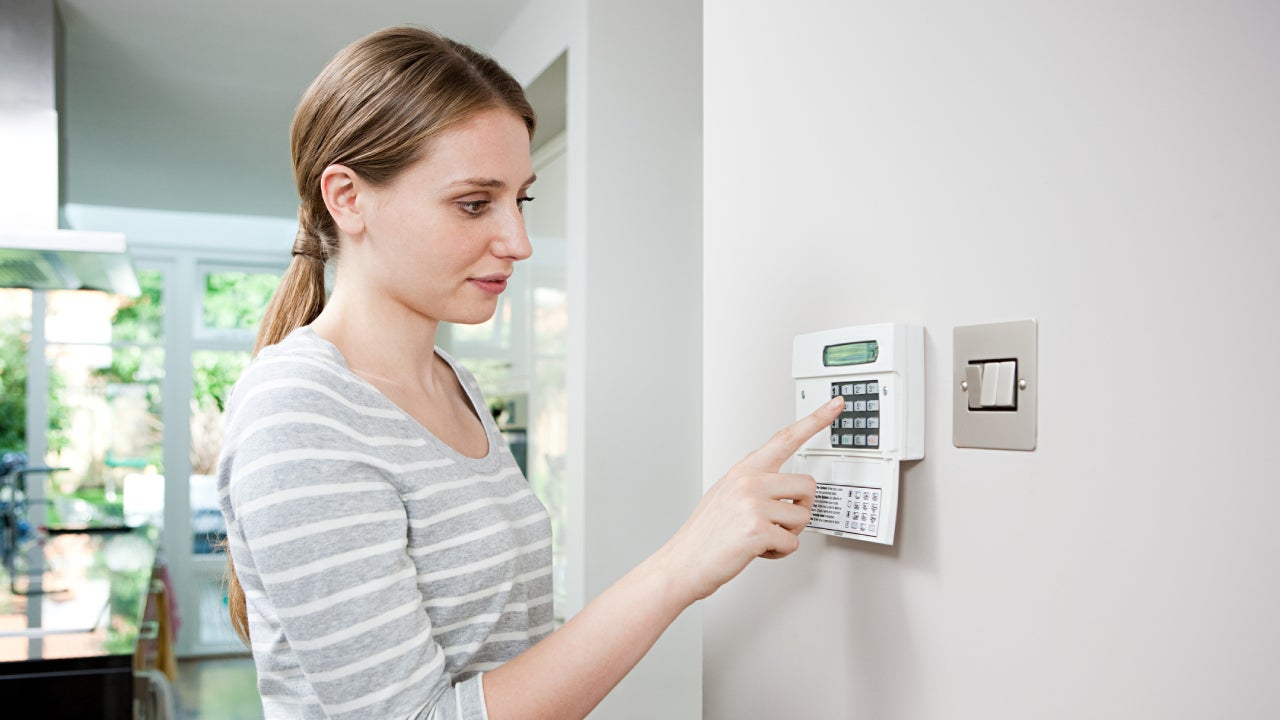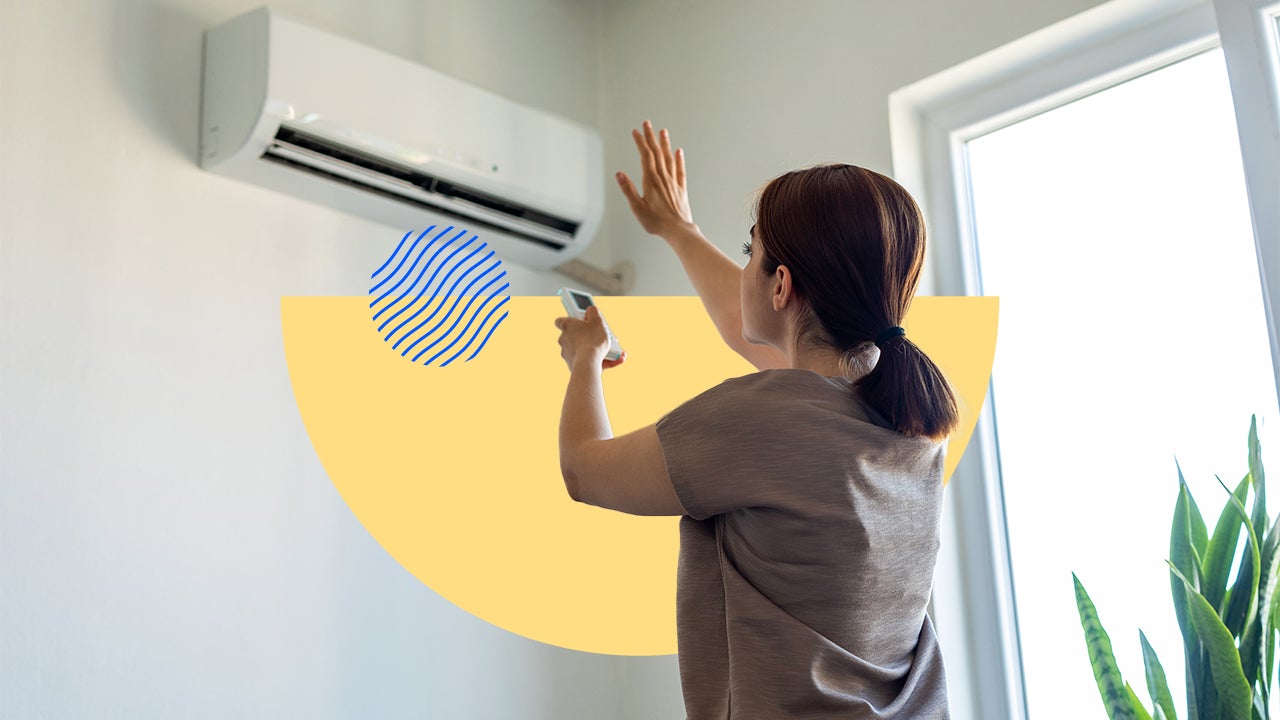Low-cost ways to make your home more energy-efficient

Although industry is the major culprit, homes can also play a substantial role in the climate change crisis. In fact, the energy consumption related to cooking, heating, cooling and lighting homes accounts for about 28 percent of energy-related carbon dioxide emissions globally, according to a December 2022 report to the United Nations Human Rights Council.
While some eco-friendly improvements cost a lot, there are low-cost things that can be done — relatively quickly and easily — to make your home more energy efficient and less wasteful. In fact, 68 percent of those surveyed in a 2022 Angi study spent under $5,000 in making their homes more green. More recently, the home improvement site/marketplace’s 2023 “State of Home Spending” report found that, among householders planning renovations, two out of the top five investment projects involved energy efficiency and sustainability — namely, upgrading a fossil fuel-burning HVAC system to an electricity-powered heat pump system and installing solar panels.
Now may well be the time to join them. Increases in extreme weather events (caused by climate change) are boosting utility bills: Within the past 10 years, 32 percent of U.S. adults say they have seen higher energy costs as a result of extreme weather, according to a recent Bankrate survey. And, on the positive side, Inflation Reduction Act rebates and tax credits for energy-efficient improvements to homes are fully in effect for tax year 2023. So, by making your home more energy-efficient not only will you help the environment, you’ll also save save thousands of dollars on the install now and your household budget in the future.
Low-cost ways to make a home energy efficient
If you are looking to save energy, money and possibly the planet, consider these 10 simple, low-cost, eco-friendly home upgrades. Many qualify for a general federal tax credit of 30 percent (see “The Inflation Reduction Act’s clean-energy incentives,” below) or a specific sum.
1. Power strips
Standby power is the juice consumed by appliances and electronics when they are plugged in but not actually in use. While it’s small, it adds up: Standby power accounts for at least $11 billion dollars in annual U.S. energy costs, according to the EPA’s Energy Star program. By plugging devices into a power strip, which can cost as little as $8 to $10, you’ll have a single on/off feature that can control several at a time, ensuring your electronics are only consuming energy when you’re using them. (Just don’t use them to switch off computers or anything with a clock.)
2. Water filter
Purchasing water every week isn’t ideal, especially with U.S. landfills continuing to overflow with millions of discarded plastic bottles. A water filter is an eco-friendly upgrade that provides households with clean aqua to drink and use, reducing the debris.
The cost of implementing this efficiency measure varies. The price-tag for an under-sink filtration system ranges from $150 to as much as $1,200, while whole house systems average about $2,171 for the unit and professional installation, according to HomeAdvisor. Faucet mount filtration systems offer a more budget friendly approach and can cost as little as $20.
3. Steel door
A steel door can help you save on heating and cooling costs. Actually made of a steel skin with a polyurethane foam insulation core, it fits more snugly into the doorframe and keeps air from entering or exiting the home. And while they sound like something for a bank vault or jail cell, steel doors actually come in a range of colors and styles. Upgrading an exterior door qualifies you for a federal tax credit of up to $250 through 2032. The average price of a steel door ranges from $150 to $1,400, according to Angi, though high-end front-entry doors can run $2,000 to $3,000. But even at that price, they more than recoup their cost when a home is sold.
100.9%
Source: 2023 Cost vs. Value Report
4. Window treatments
Adorning windows with blinds, shades or drapes can be viewed as more than a design statement. About 30 percent of a home’s heating energy is lost through bare windows in winter, making you turn up the thermostat; in warm weather, about 76 percent of sunlight that falls on standard double-pane glass enters to become heat, causing you to crank up the AC. Installing window treatments can conserve energy by blocking the warmth of the sun in summer, and trapping your home’s internally generated heat in winter. There are even special solar shades and blinds that cost between $25 and $200 per window for materials; when labor is included the average project price-tag is about $1,170, according to HomeAdvisor. While there are no rebates or credits for window treatments, replacing the windows themselves with energy-efficient glass qualifies for a tax credit of up to $600 annually.
5. Low-flow shower heads
The EPA reports that 1.2 trillion gallons of water are used for showering in the United States annually, with the average family using about 40 gallons per day. A low-flow shower head restricts the volume of water dispensed from the standard 2.5 gallons per minute (or even four from pre-1992 shower heads) to less than two gallons per minute. So installing one reduces your water consumption and the amount of energy required for a hot shower. A low-flow shower head can be purchased for less than $20 and there’s a variety of styles to choose from.
6. Faucets and faucet accessories
Similar to low-flow shower heads, faucet aerators are designed to control water consumption. A small, round gizmo that screws onto the tip of your faucet, an aerator creates a more consistent, splash-free stream of water, and also reduces the gallons-per-minute water flow. You can select various sizes for the different faucets around your home; however, the max flow rate should be no more than 1.5 gallons per minute if you really want to save. Also, they are pretty much for interior sinks — don’t use them on exterior faucets that produce large amounts of water. The cost for this efficiency improvement ranges from $10 per faucet to as much as $150 depending on the style selected.
Smart faucets offer another option to reduce water use. These faucets rely upon motion sensors that detect hand swipes to turn the water on and off (no more drip-drip-dripping). Some smart faucets even come with an app that’s designed to monitor water use and control water temperature and flow. The sticker price for this type of faucet can vary widely, starting at around $150 and running up to $700.
7. Programmable thermostat
According to the U.S. Department of Energy, turning the thermostat up or down when you are not home or sleeping can save 10 percent in energy costs. A programmable or smart thermostat gives you more control over your home’s temperature, thanks to its scheduling features and your ability to set it with an app or even via your voice. These Energy-Star certified devices can be purchased for under $200. The potential financial savings you’ll realize by installing an Energy Star thermostat is about $50 per year or 8 percent of your heating and cooling bills.
8. Smart light bulbs and outdoor light fixtures
Longer-lasting LED light bulbs have been a go-to option for homeowners and renters interested in cutting energy costs for a few years now. The latest development in LEDs is the smart light bulb, which allows lighting to be customized, scheduled and controlled remotely. Similar to the programmable thermostat, these light bulbs come ready to connect to an app on your phone or tablet via WiFi or Bluetooth, so you can schedule and adjust them wherever you are (no more “Darn, I left the bathroom lights on!”). Depending on the brand and retailer, you could purchase smart light bulbs for less than $10 each, though the average cost is about $15.
While you’re checking out the lights, don’t forget about those outdoor fixtures — they too can be driving up energy costs. An Energy-Star-certified light fixture can be just as decorative as a standard one, but it uses 90 percent less energy than traditional models using incandescent light bulbs and lasts up to 15 times longer.
Replacing light fixtures and bulbs with Energy-Star certified products can save homeowners $55 per year.
9. Ceiling fans
Ironically, a piece of turn-of-the-20th-century technology can play a role in a modern, energy-efficient home. Ceiling fans can keep rooms in your home cooler, reducing your day-to-day reliance on air conditioning (you can raise the thermostat setting about four degrees with no reduction in comfort, according to the U.S. Department of Energy), and saving you money as a result.
Indoor ceiling fans on average range between $250 to $700 (including both the fan and the labor), with the average cost around $377.
10. Climate-appropriate landscaping
Landscaping is a literal way to go green, and beautify the exterior of your home to boot. But to be responsible, you want to opt for local, climate-appropriate plants, flowers and trees. Climate-appropriate landscaping, officially known as xeriscaping, reduces water consumption because the flora you plant are designed to thrive in your specific climate and don’t require large amounts of water.
Installing a timed sprinkler system or a smart sprinkler system can also help scale back your water usage. Some of the newest sprinkler systems can be operated with an app that allows for automatically updating the watering schedule or duration in response to seasonal or daily weather changes. Sprinkler systems cost on average about $2,540.
Smart sprinkler systems are another option. These advanced irrigation system controllers, also operated with an app from your smartphone or tablet, are also responsive to weather conditions (automatically shutting off when it rains, for instance) which ultimately saves you money on water bills. The price for a smart sprinkler controller, which would replace your system’s existing controller, ranges from $80 to $300.
In general, the act offers a tax credit of 30 percent on eligible clean-energy upgrades per year: Starting in tax year 2023, they go through 3032. There is an annual limit of $1,200 on the credit amount for most improvements, though it can go up to $2,000 in some cases.
The act also funds the High-Efficiency Electric Home Rebate Program, which goes through 2031. To qualify, a taxpayer’s total annual income must be less than 150 percent of the median income where they live. There’s a limit of $14,000 in total rebates per household.
Some specific deals for homeowners include (item prices courtesy of Angi):
- $840 Appliance Upgrade Rebate. If you have an older stove, cooktop, range, or oven in need of updating, you can replace it with a high-efficiency electric version and qualify for a rebate of up to $840. Many are sold for not much more than the rebate.
- $1,750 Heat Pump Water Heater Rebate. If you have high utility bills, your water heater may be a culprit. A heat pump water heater is two to three times more efficient than a traditional one. The average cost to install a heat pump water heater is $1,200 to $3,500.
- $2,000 tax credit + $8,000 Heat Pump Rebate. A heat pump can do the work of both an A/C unit and a furnace, while using 30 to 60 percent less energy. The average cost to install one is $3,500 to $10,000; most homeowners end up paying $5,959 on average. With the federal tax credit of up to $2,000 and a state rebate of up to $8,000, you may be able to cover the cost completely.
Energy efficient behavior and habits
Making eco-friendly home upgrades is just a start. A few behavioral changes can also have a positive impact on your utility and energy costs and the environment.
Setting the clothes washer to cold
Washing clothes in cold water saves on the need to heat the water, which can account for 90 percent of energy used in doing laundry. Additionally, it will help the environment by reducing CO2 emissions.
Running dishwashers/washing machines at non-peak times
During peak times, when energy use is high, energy-intensive activities will cost more. But if you use appliances during non-peak times (like running the dishwasher or clothes dryer at night), you can save money and reduce energy consumption.
Switching to more eco-friendly cleaners and detergents
Harmful ingredients found in cleaning products and detergents can negatively impact your health and the environment. Switching to products that use all-natural ingredients will protect both the planet and your body.
Spending less time in the shower
As mentioned, the average family uses about 40 gallons of water a day for showering. Not that we want to step on your style…but limiting showers to no more than seven minutes will reduce daily water consumption.
You may also like

How to secure your home on a budget

10 home renovations you can DIY on a budget, and how to pay for them

12 ways to save on air conditioning costs



